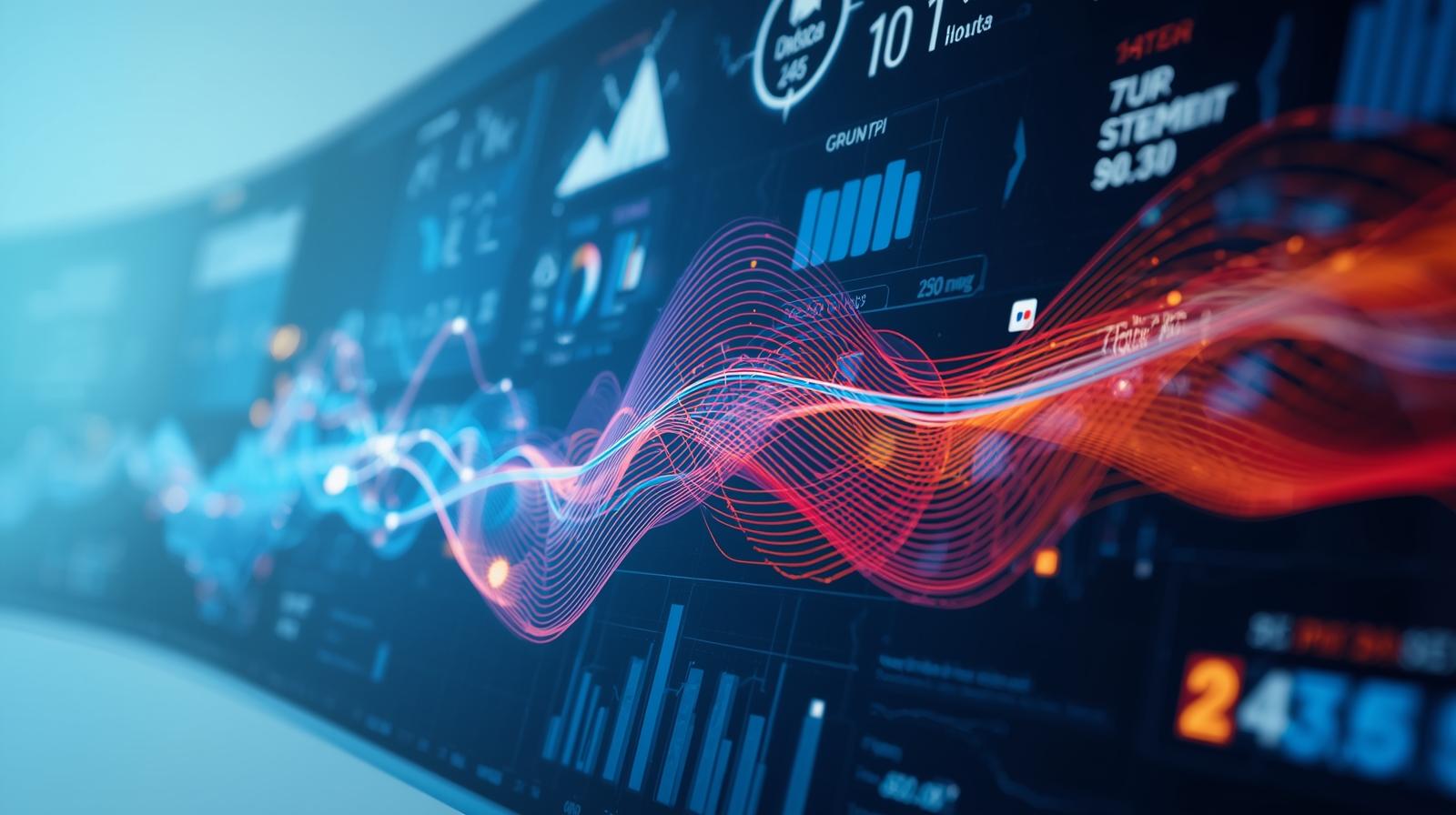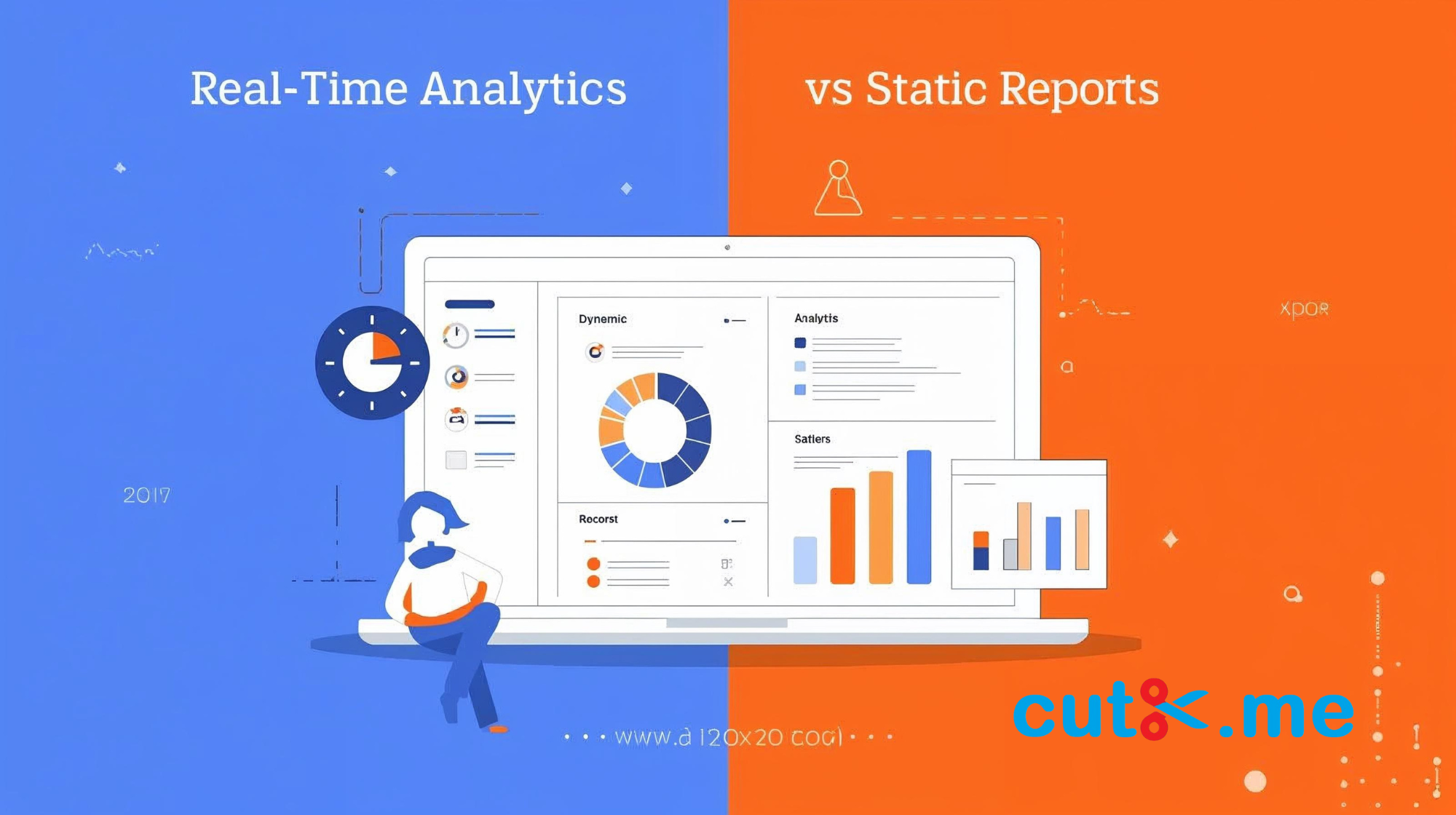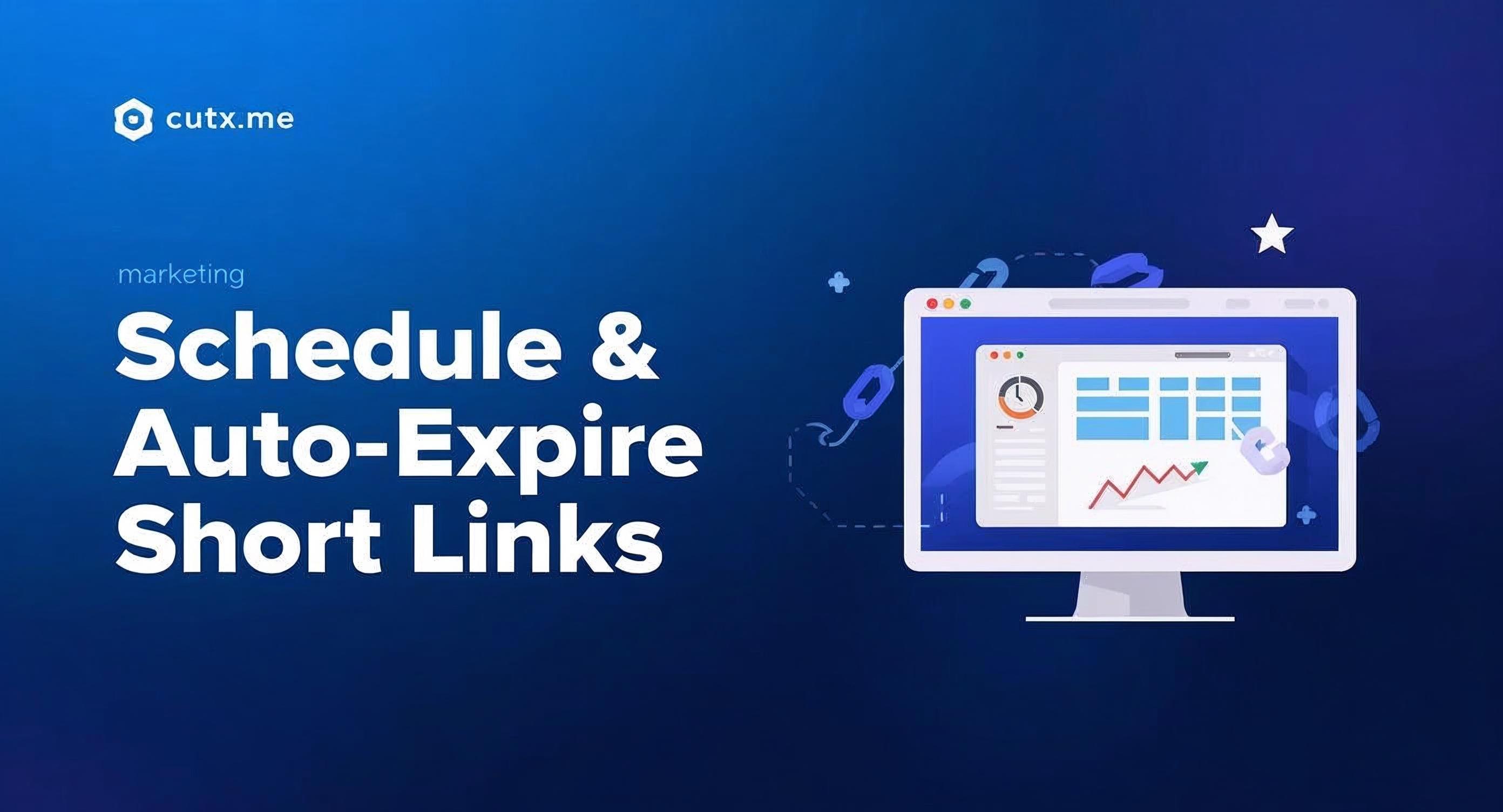
Understanding how visitors interact with your website is the foundation of digital success. Click heatmap analytics provide that missing visibility — a real-time, visual way to see where users click, scroll, and engage the most. Let’s explore how heatmaps decode behavior and guide smarter decisions.
What Is a Click Heatmap?
A click heatmap is a visual representation of where users click on a webpage. Areas with frequent clicks appear in warm colors like red or orange, while cooler zones show less activity. These visual cues instantly show what’s catching users’ attention.
Click heatmaps help marketers and designers understand what’s working — and what’s not — on any page.
Why Click Heatmaps Are Important for Analytics
Click heatmaps go beyond simple metrics like page views or bounce rates. They show real engagement patterns, revealing where users focus, hesitate, or drop off.
When you analyze heatmaps correctly, you can spot navigation issues, uncover design inefficiencies, and optimize pages for higher conversions.
How Click Heatmap Analytics Work
Click heatmap analytics track where visitors tap or click on your webpage using JavaScript tracking scripts. These clicks are then translated into color-coded visuals.
Modern tools even combine scroll tracking, hover tracking, and session recordings for deeper insights into the full user journey.
Types of Heatmaps You Should Know
Click Heatmaps – Show where users click or tap.
Scroll Heatmaps – Reveal how far users scroll before leaving.
Move Heatmaps – Display mouse movement behavior.
Attention Heatmaps – Indicate where users spend the most time.
Each type tells a different story about user interaction.
The Science Behind Click Heatmap Colors
Warm colors like red, yellow, and orange represent high click activity. Cooler shades like blue or green mean fewer clicks.
These visual cues help you spot the difference between high-performing areas and ignored elements instantly.
Key Metrics You Can Learn from Heatmaps
Click concentration – Where users engage most.
CTA performance – Which buttons attract clicks.
Dead zones – Non-clickable areas drawing attention.
Navigation flow – How users move between sections.
With this data, you can create experiences that match user intent.
Click Heatmap Analytics in UX Design
Design teams use click heatmaps to understand how users interact with layouts, buttons, and content.
If visitors click images instead of links, it’s a sign the design is misleading. Heatmaps guide UX improvements by showing what users expect to happen on each click.
Improving Conversion Rates with Heatmap Insights
A well-analyzed heatmap can uncover hidden conversion blockers.
If users aren’t clicking “Sign Up” or “Buy Now,” it might be positioned wrong or competing with other elements.
Repositioning key buttons based on click data can lead to instant improvements in conversions.
Common Mistakes When Reading Heatmaps
Many marketers make the mistake of overreacting to small data samples.
Always ensure your heatmap data represents at least a week of traffic to identify consistent patterns — not just daily fluctuations.
Visualizing User Emotions Through Click Behavior
Clicks often represent curiosity, frustration, or interest.
For example, multiple clicks on non-clickable text indicate confusion, while scattered clicks near call-to-action buttons suggest hesitation.
Understanding emotional triggers helps refine page design and messaging.
Heatmaps vs. Traditional Analytics
Traditional tools like Google Analytics provide numbers.
Heatmaps, however, show behavior visually — making insights easier to understand and act upon.
Combining both gives a complete view of user behavior: numbers tell “what,” heatmaps show “why.”
Best Practices for Using Click Heatmap Analytics
Track high-traffic pages first.
Compare desktop and mobile interactions separately.
Combine with A/B testing tools.
Analyze trends over time, not just once.
These best practices ensure reliable, actionable results.
Tools for Click Heatmap Analytics
Some of the best URL tracking and heatmap tools in 2025 include:
Hotjar – Simple and intuitive.
Crazy Egg – Offers click and scroll tracking.
Microsoft Clarity – Free with session replay.
Smartlook – Ideal for behavior-based analytics.
Each tool offers visual data that helps you understand exactly how users engage with your content.

How to Combine Click Heatmaps with A/B Testing
Using click heatmaps alongside A/B tests reveals why one version performs better than another.
You can identify which design elements or calls to action users prefer visually. This synergy leads to confident design decisions.
The Role of Click Heatmaps in SEO
User engagement metrics directly impact SEO performance.
If heatmaps show that users click and interact more with certain sections, that means they find it valuable.
Improving these sections with internal links and better design helps boost dwell time — and search rankings.
Real-World Example of Click Heatmap Optimization
A small eCommerce brand used click heatmaps to identify that 60% of clicks happened on product images rather than “Add to Cart” buttons.
By making images clickable, conversions improved by 22% in one week.
That’s the real power of visual analytics.
Benefits of Using Click Heatmaps
Clear visualization of user behavior.
Fast identification of issues.
Enhanced user experience.
Higher conversion rates.
Better marketing decisions.
These benefits make heatmaps essential for every business website.
Challenges with Click Heatmap Analytics
While powerful, heatmaps aren’t perfect. They don’t explain why users act a certain way — only where they do.
Combining them with surveys or session replays provides a fuller story.
CutX.me for Smarter Tracking
To make tracking even simpler, platforms like CutX.me help monitor link performance, click-through rates, and audience behavior in real time.
If you want cleaner analytics and smarter data insights, try integrating CutX’s link-tracking tools with your website analytics setup.
Conclusion
Click heatmap analytics give an eye-opening view into how people use your site.
By studying these visual patterns, you can enhance design, boost conversions, and improve the entire user experience.
In 2025, understanding your audience’s clicks isn’t just helpful — it’s essential for success.
FAQs
1. What is a click heatmap used for?
A click heatmap shows where users click on your site, helping you identify which elements attract attention.
2. How accurate are click heatmaps?
They’re highly accurate when you collect enough data. Always analyze over multiple days or weeks for best results.
3. Can heatmaps track mobile clicks?
Yes, most modern tools provide separate heatmaps for mobile and desktop devices.
4. How often should I analyze heatmaps?
Review your heatmaps monthly to identify new patterns or changes after design updates.
5. Do click heatmaps improve SEO?
Indirectly, yes. Better engagement and lower bounce rates signal quality to search engines, helping improve rankings.




